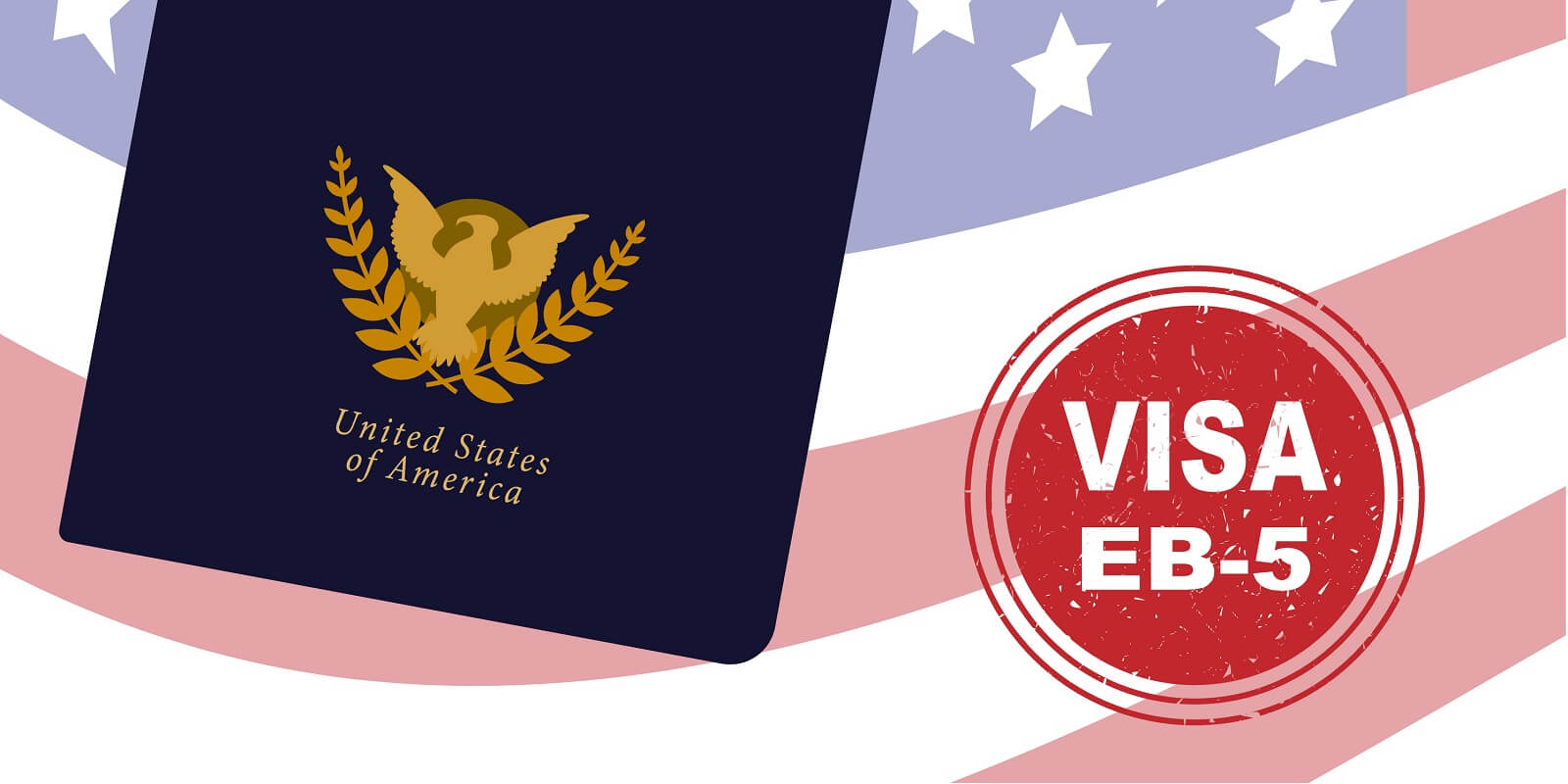More immigrants arrive in the United States than in any other nation in the globe. According to the U.S. Bureau of Labor Statistics, foreign-born people make up about 17% of the American workforce.
Although there are various ways that people can be qualified to remain and work as permanent residents (aka green card holders) in the United States, many people meet this requirement through employment. Foreign nationals can receive an employment-based (EB) green card if they have a job offer from a firm with U.S. headquarters or they can demonstrate that they have what is referred to as “exceptional ability” to move to the U.S. and further their career.
Qualifying for an Employment-Based Green Card
 Many of the individuals who later qualify for EB immigrant visas enter the country on nonimmigrant, employment-based visas. A nonimmigrant visa is only valid for a short time. The H-1B visa, which is given to those with “specialty jobs,” is the most popular. Employers may choose to apply for a more long-term EB visa that provides a route to permanent residency instead of renewing these.
Many of the individuals who later qualify for EB immigrant visas enter the country on nonimmigrant, employment-based visas. A nonimmigrant visa is only valid for a short time. The H-1B visa, which is given to those with “specialty jobs,” is the most popular. Employers may choose to apply for a more long-term EB visa that provides a route to permanent residency instead of renewing these.
Each fiscal year, the U.S. government issues 140,000 or so visas to immigrants along with their families who are coming for employment-based immigration. Employment-based green cards are categorized into five preferred categories mostly based on the experience, talents, and abilities of the applicants. The sort of employees they admit and the treatment each of these visas receives throughout processing determine the specifics of each green card category.
A full-time employment offer to work for a firm in the United States qualifies a person to apply for a visa and subsequently a green card under the U.S. immigration system. The PERM labor certification procedure, submitting the immigrant petition, and carrying out an adjustment of status or requesting an immigrant visa are the three processes that make up this process. The next three steps are described in detail.
Process for PERM Labor Certification
Before choosing and supporting an applicant for immigration to the U.S., the business must go through a number of stages. They must first demonstrate that they looked for a U.S. worker to fill the role but were unable to do so. This can entail, for instance, using recruiters to find a worker and publishing job ads on numerous websites that are regularly utilized to hire employees in the US.
The firm also needs to say how much they would pay an American for the identical position. According to immigration laws, a sponsored foreign worker must make as much money as an American with the same qualifications would make in that profession. This is done explicitly to deter businesses from paying foreign workers less and fostering a marketplace where people come to the U.S. and work for much less than what US citizens would.
 Due to this, American businesses must determine the “prevailing salary” for the position they are recruiting and demonstrate their ability to pay it. This evidence can be provided in a variety of ways, such as tax returns and bank statements that demonstrate the company’s financial stability.
Due to this, American businesses must determine the “prevailing salary” for the position they are recruiting and demonstrate their ability to pay it. This evidence can be provided in a variety of ways, such as tax returns and bank statements that demonstrate the company’s financial stability.
The business must go through this procedure and conduct enough hiring to demonstrate that it was unable to find a qualified American applicant before filing the PERM application and getting the go-ahead from the U.S. Department of Labor to sponsor a foreign worker for a visa.
Submit an Immigration Petition
Step two requires far less time from the business than step one does. It can take a while to reach because step one requires a process of looking for employment candidates, recruitment, and providing documentation of financial capability. The second step is to submit the immigration petition to USCIS.
The prospective employer must submit Form I-140, Immigrant Petition for Alien Workers, identifying the foreign worker and certifying that they have the necessary education and work experience to fill the open post.
If a person is outside of the U.S. when their priority date becomes valid, they must go through the consular processing, often known as the immigrant visa process. The candidate would submit an application for an immigrant visa at their local consulate. If the interview went well, they would receive an immigrant visa stamp in their passport, enabling them to go to the United States and obtain their green card quickly after landing.
Special Situations
A person in the United States can complete steps two and three of the procedure simultaneously if they have a priority date that is current, indicating an immigrant visa was available at that time according to the most recent visa bulletin. They might submit the I-140 and I-485 simultaneously, in conclusion. Simultaneous filing is not an option for people who are processing visas outside of the U.S., though.
Due to a number of circumstances, including the applicant’s country of birth and the most recent visa bulletin, getting an employment-based green card could take many years.
In Conclusion
If a U.S. employer has made a good-faith effort to fill the position with a qualified American worker but has been unsuccessful, they can demonstrate that they will pay the foreign worker the prevailing wage, file the necessary paperwork with the Department of Labor, and the applicant successfully completes their consular processing or adjustment of status.
If you have any questions or concerns, please don’t hesitate to contact our helpful team of professionals at Pride Immigration for further details and information.
Beeraj Patel, Esq.
Latest posts by Beeraj Patel, Esq. (see all)
- What to Do If Your Employer Withdraws Support During the Green Card Process - March 31, 2025
- How a Green Card Attorney Can Help with Complex Immigration Cases Involving Family Separation - March 17, 2025
- How PERM Labor Certification Works for Small Business Employers Sponsoring Foreign Workers - February 24, 2025
